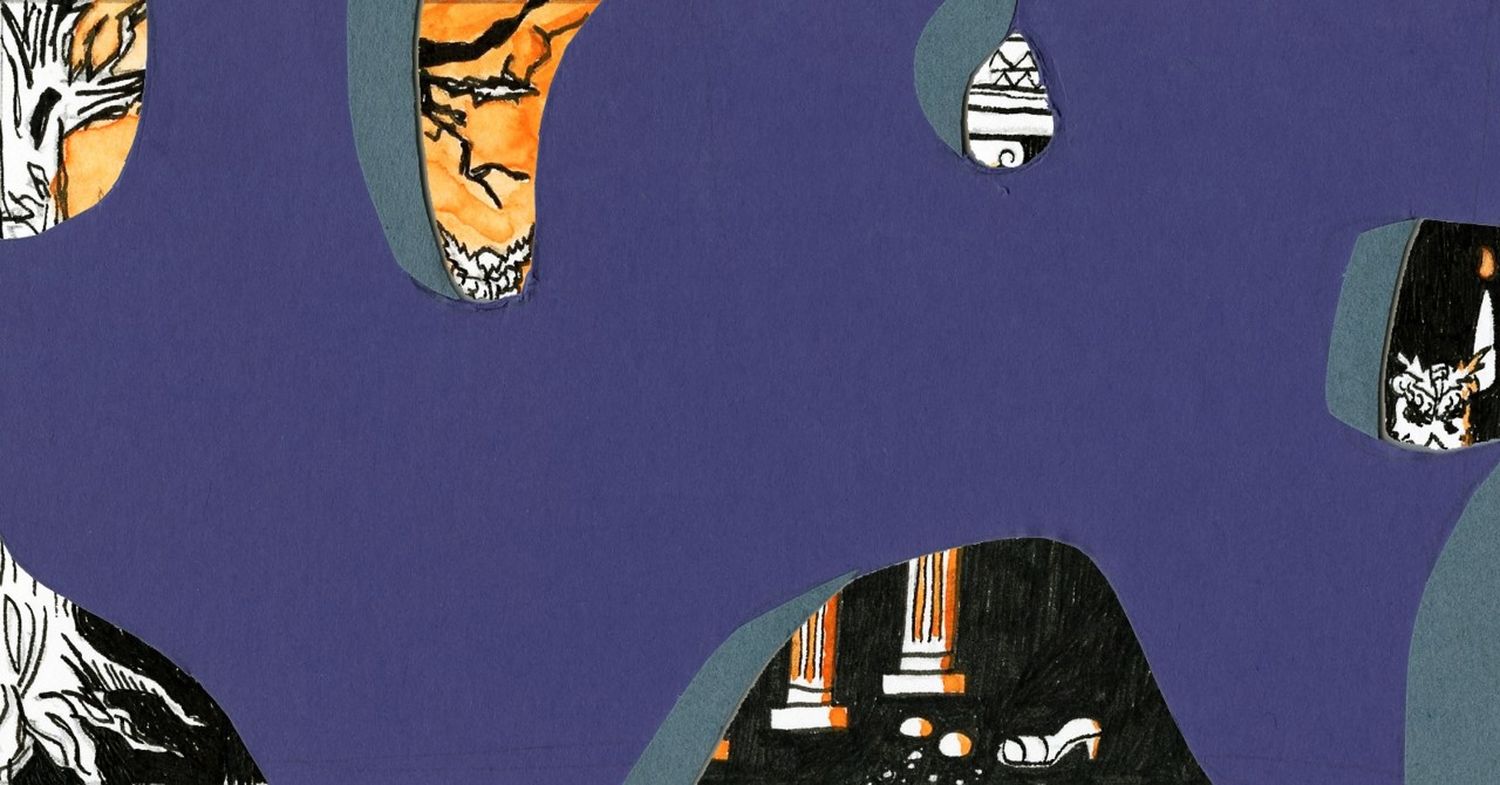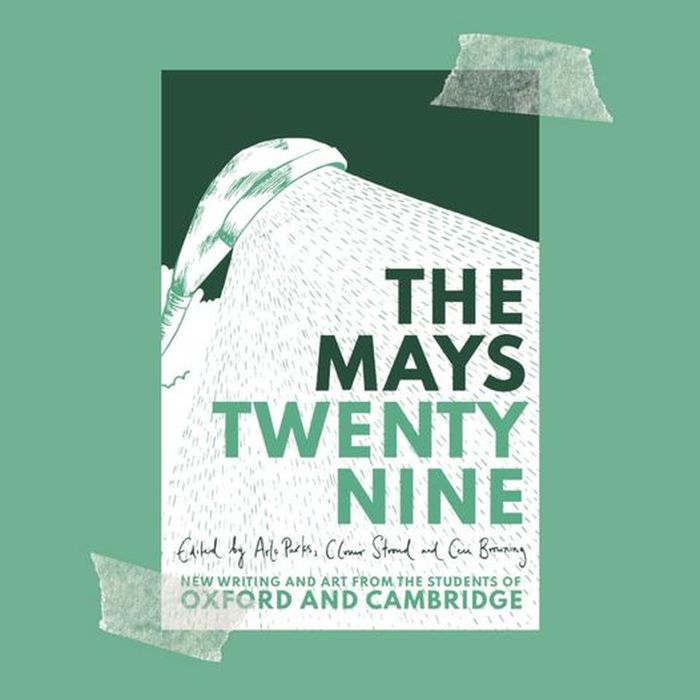The Cambridge Review of Books makes its return this term with a new, vibrant, purple cover — an aspect which Head of Editorial, Magdalena Gabrysiak, interprets as an indication of the issue’s understated tone of change. For her, this colour is indicative of the overarching duality of the magazine; it is symbolically “close to blue with its retrospectiveness and melancholy, while also containing the playfulness and the excitement of red”. There is a sense of movement and transformation in this edition, as we all move away from an uncertain summer and into the undefined but hopeful Autumn. In fact, with this sixth edition of the magazine, which has become a staple of both the creative writing scene and extra-curricular academic community, “there is no overarching theme”. Instead, “what connects all the creative work, translations, and long-form pieces is perhaps this sense of change. With it now being Autumn, and hopefully post-pandemic, change is at the forefront of everyone’s mind.”
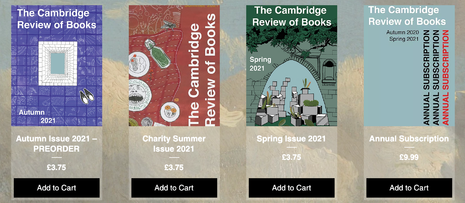
This sense of change and duality is also located in the magazine’s style and content. Gabrysiak summarises it as “wonderfully academic, but also a breath of fresh air away from standard academic essays”. This “breath of fresh air” refers to the inherent originality of CRoB, which provides writers of every genre a space to practise and develop their craft. The magazine encompasses many forms, ranging from traditional poetry to student translations and polemical essays. With no limit on subject matter, and no commissioned theme, Gabrysiak explains how it “can be seen in terms of an academic escape” during term time for not only writers, but readers as well. She explains how it “allows you to read someone else’s thoughts that are somehow connected to academia, while simultaneously giving you a greater perspective on learning and culture.” It thus acts as a stimulating collection of creative pieces, while also providing an alternative to the beaten-path of academic literature and the work that can sometimes overwhelm us.
“The CRoB allows you to read someone else’s thoughts that are somehow connected to academia, while simultaneously giving you a greater perspective on learning and culture.”
And yet, the CRoB is not exclusively defined by the Cambridge sphere. Gabrysiak discusses her own experience of reading past issues of the magazine in contrasting places. “At Cambridge, it always is an escape from the fervour of weekly essays for me but reading it at home, it becomes the opposite of an academic escape — rather a reminder of the brilliant scholarly world of Cambridge, and simply a fascinating collection of creative and intelligent thoughts.” She concludes: “The CRoB can be viewed as either and both at the same time”, providing it with a brilliant sense of flexibility and demonstrating the many experiences one can have with the magazine, depending on so many personal and creative factors. It is therefore important to the CRoB team that accessibility is placed at the heart of each edition’s development, to enable these experiences and interactions with the pieces to occur. Anonymity is enabled for those writers who would prefer it, and with pre-orders opening in term time, each bought magazine can be physically delivered to pigeon holes for free.
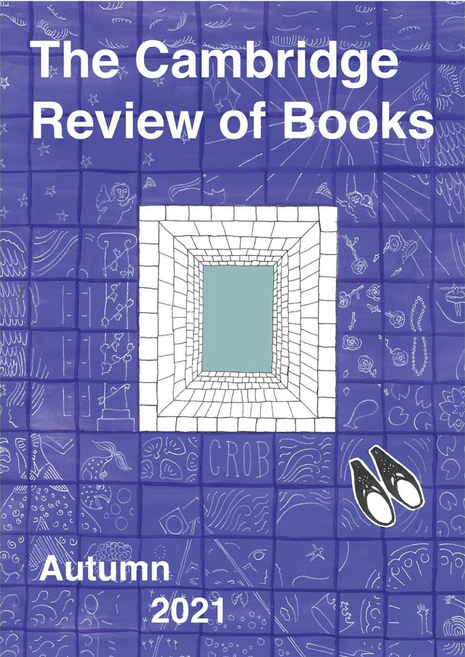
In a post-pandemic world, Gabrysiak hopes this Autumn’s issue will be one that “will enable our readers to connect with an aspect of culture, someone’s interpretation of isolation, thus providing them with that connection and creating a space for it”. Many of this volume’s submissions have surprised Gabrysiak; she is constantly impressed by the variety of creative work which gets pitched to CRoB. She is particularly proud of an essay piece on Polish cinema which she edited and helped develop. “Rosa Phelps has written an essay about films, place, and memory, which covers Polish cinema and is inspired by her time living in Poland. The way this piece is able to connect personal narrative, memory with Sylvia Plath, Susan Sontag, Derridean cinema theory, and, finally, Polish filmmaking makes an incredibly coherent and fascinating essay. It takes you on a journey and surprises you every step of the way”. Being native to Poland, Gabrysiak expressed her unexpected joy at being able to connect to someone over an important aspect of her culture. The connections that CRoB provides filtered through even to the editorial team; she concludes her discussion of Phelps’ essay by exclaiming “I’m incredibly grateful to have been able to edit it”. There’s evidence of pride and joy in every element of the CRoB which Gabrysiak discusses, a real sense of achievement and pleasure in creating this collaborative piece.
“It is not only a zine that’s wonderful to read, but also beautiful to look into”
The visual presence of CRoB is another important aspect which Gabrysiak was keen to emphasise when taking up her role. She credits the design team, lead by Marion Willingham, for the magazine’s striking, yet wonderfully simple style. It’s another part of the zine which is multilayered; “it is not only a zine that’s wonderful to read, but also beautiful to look into”. The relationship between writing and visual art is something the CRoB always aims to promote, with Gabrysiak noting how “we want to show our readers that illustration is just as diverse and exciting as different forms of writing”. With pieces covering such varied topics, the accompanying illustrations promise to be just as exciting and revelatory. The digital imprint of CRoB, lead by Georgina Buckle, which is expanding massively this year, has also served the visibility of the magazine well. Having rolling submissions which contrast the short, before-term period of the print edition enables writers, who have spontaneous ideas come to them in term time, receive recognition in much the same way.
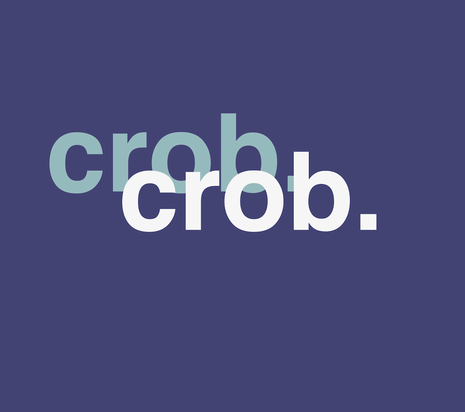
Taking over as the Head of Editorial from a relatively fresh magazine has been a “learning experience” for Gabrysiak, who has a lot of pride in the efforts of her writers and team. She judges learning as “one of the most wonderful things you can experience at Cambridge. Being part of an editorial team has allowed me to see how differently other people work, and how differently other people write. My observation of different styles and different approaches has been a wonderful experience, as it has enabled me to take three steps back in writing and editing. Having something to work on and work towards apart from my regular term-work, is incredibly fulfilling.” Being able to participate in discussions across the board in CRoB, from editorial to publishing, to design and digital has allowed Gabrysiak to develop a broad perspective on how we can handle and portray creativity and change. The Autumn 2021 edition of The Cambridge Review of Books promises to be engaging, exciting, and uniquely creative.
“The Autumn 2021 issue of The Cambridge Review of Books is available to order now. This year’s unpredictable season brings with it another edition of CRoB, which is equally unpredictable. Alongside our signature selection of inspiring long-form writing as well as captivating short-fiction and poetry, this term’s publication features students’ creative translations. Change, in all its variety, expected or unreliable, has most certainly been at the forefront of our writers’ minds this term. This sixth edition is an exceptionally great volume of diverse short-form writing selected with the CRoB’s usual editorial zeal and inspiriting care.”
You can pre-order the Autumn 2021 edition of The Cambridge Review of Books now at this link: https://www.the-crob.org/product-page/autumn-issue-2021. The magazine’s website can be accessed here: https://www.the-crob.org/

